2025 Update: Top 10 Alternatives to Postman
This article presents 10 robust alternatives that can effectively replace Postman in your API testing toolkit.
While Postman is a widely used tool for API testing, many users encounter various limitations and inconveniences during its use. As a result, there may be a need to explore alternative solutions. This article presents 10 robust alternatives that can effectively replace Postman in your API testing toolkit.
What is Postman?
Postman is a tool used by developers and test engineers to test APIs. It provides a simple, intuitive interface for calling API endpoints, sending requests, receiving responses, and analyzing results. With features like scripting, environment variables, and collections, Postman supports a comprehensive API testing process. However, despite its popularity, some limitations prompt users to look for alternatives.
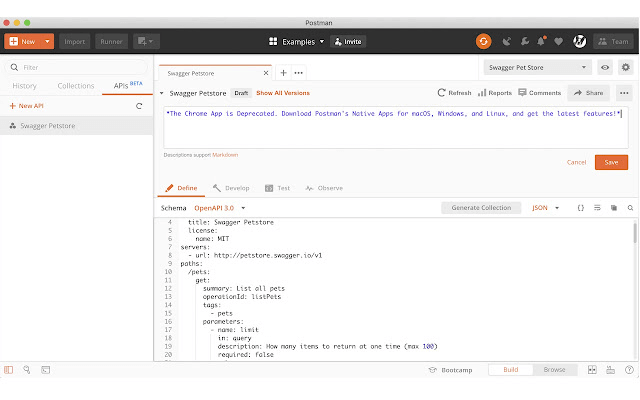
Limitations of Postman
While Postman is a powerful tool, users often encounter several limitations:
- Limited Collaboration Features: The tool lacks robust team collaboration functionalities.
- limited language support:Postman is available only in English, which can be a barrier for some users.
- Execution Limits: The Collection Runner has restrictions that can hinder extensive API testing.

These drawbacks lead many users to seek alternatives with better language support or enhanced features. Let's explore the top 10 alternatives.
Top 10 Alternatives to Postman
1. EchoAPI
EchoAPI is an ultra-lightweight collaboration tool for API development that supports Postman's Scratch Pad. It's a perfect alternative to Postman, offering features like API design, debugging, automated testing, and load testing.It supports various HTTP request methods, parameter types, and formats. Plus, it comes with plugins for IntelliJ IDEA(EchoAPI for IntelliJ IDEA), extension for VS Code(EchoAPI for VS Code), and a Chrome request capture extension(EchoAPI Interceptor), all without the need to log in.
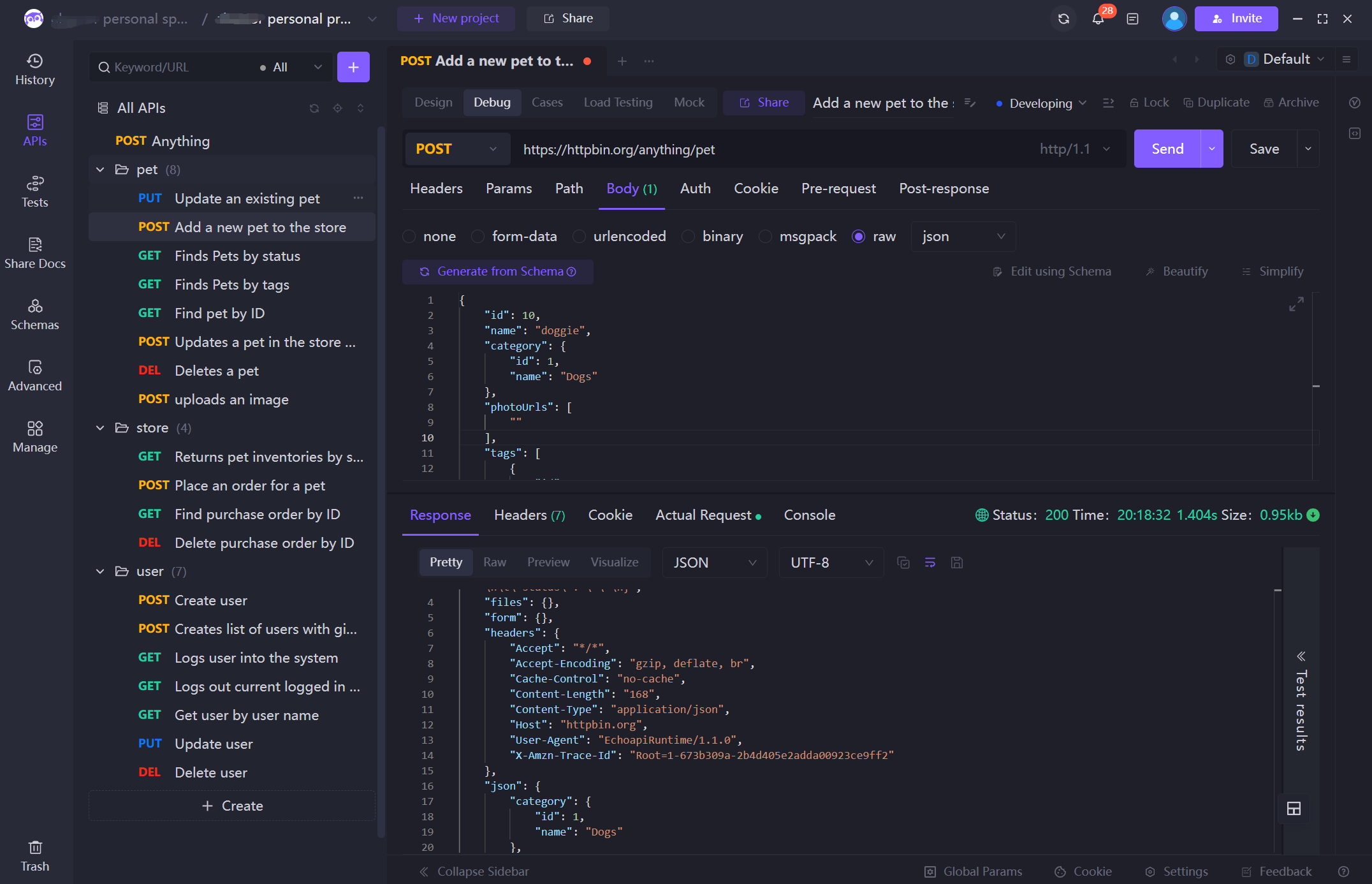
Pros
- No login required: Enjoy seamless access without the hassle of creating or logging into an account.
- Supports Postman's Scratch Pad: Allows for offline use without needing to log in, enabling quick and convenient API debugging.
- Ultra lightweight: Benefit from a tool that is designed to be resource-efficient, ensuring rapid load times and a snappy performance.
- 100% compatible with Postman script syntax: The tool fully supports the syntax used in Postman, ensuring a smooth transition and interoperability.
- Supports Multiple API Specifications: Swagger, OpenAPI, RAML, and more.
- Integration and Monitoring Tools: Offers extensive testing tools compatible with CI/CD systems, allowing effective problem detection and resolution.
- Mock Server Capability: Rapid setup of mock servers based on OpenAPI specifications.
- Japanese UI Available: An entirely localized user interface is available for those who prefer working in Japanese.
Cons
- Iteration frequency: The EchoAPI product iterates at a fast pace, which might be a hassle for users who prefer not to update frequently.
2. Paw
Paw is a feature-rich REST client designed specifically for macOS, aimed at supporting API development and testing. It provides developers with the necessary tools and features to design, test, and debug APIs. One of its standout features is the capability to generate client code in multiple programming languages.
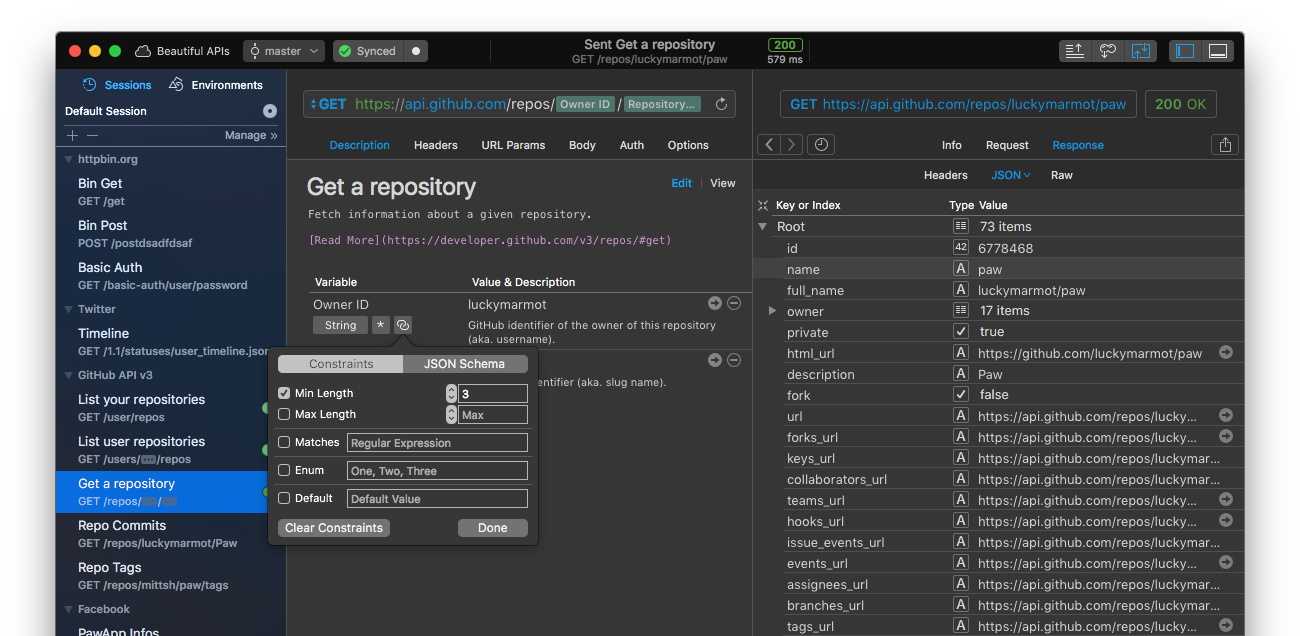
Pros
- User-Friendly Interface: Paw provides an intuitive interface that makes it easy for users to create, edit, and send API requests seamlessly.
- Rich Features: It offers extensive functionality for editing request and response headers, bodies, and query parameters. Additionally, it can be used for creating scripts and automated tests.
- Automation: Paw allows for automated tests and script creation, saving time and effort in API development.
- Integrations: It integrates well with various API design and management tools such as Swagger, Postman, Git, Slack, and Jira.
Cons
- Pricing: While Paw offers both free and pro versions, the pro version requires a monthly or annual subscription fee, whereas many competitors offer free services.
- Learning Curve: Due to its extensive features, beginners may face a learning curve.
- Platform Limitation: Paw is only available on macOS, so Windows and Linux users will need to seek alternative tools.
- Complexity: While it boasts advanced features, mastering them may take time. Incorrect configurations can also lead to API issues.
- Language Support: The platform is available only in English, which might not be convenient for non-English speakers.
Exclusive to macOS, Paw is a powerful REST client supporting API development and testing, with client code generation in multiple languages.
3. Insomnia
Insomnia is an open-source REST client that allows for rapid testing and debugging of APIs. It provides an intuitive and user-friendly interface, supporting various HTTP request methods, parameter types, and data formats. Insomnia also offers extensive testing and debugging features, including assertions, collection tests, and support for environment variables.
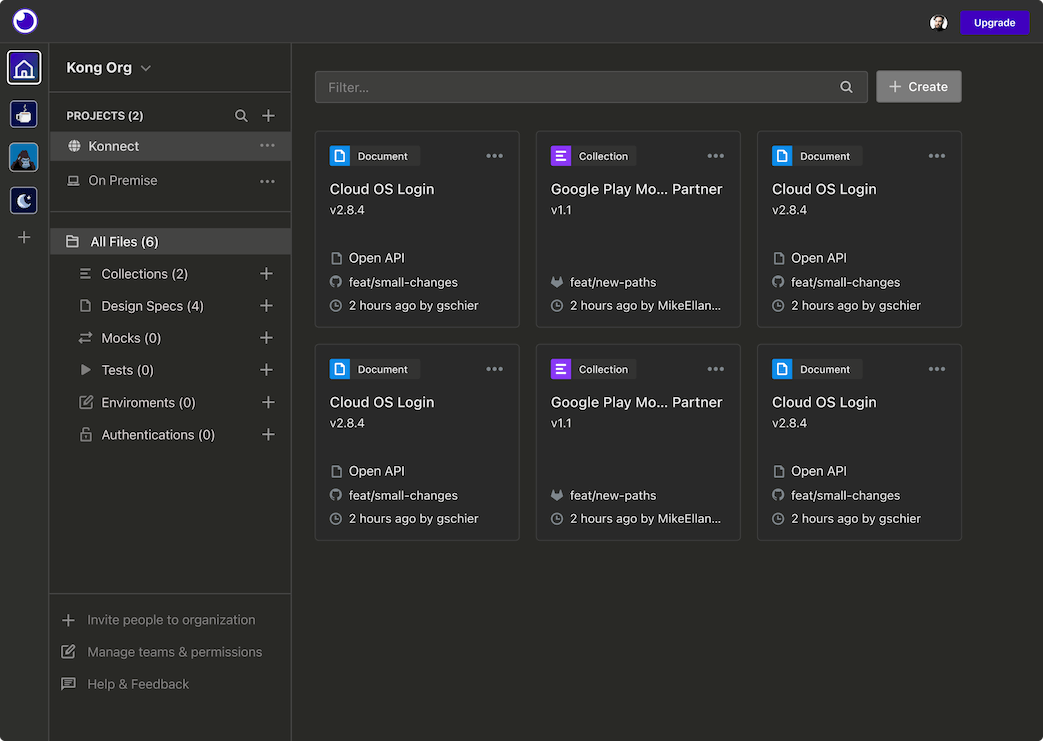
Pros
- Cross-Platform Compatibility: Insomnia is available on macOS, Windows, and Linux, making it accessible across different operating systems.
- User-Friendly UI: Similar to tools like Apidog, Insomnia features a very user-friendly interface that simplifies API interactions.
- Environment Variable Support: This feature facilitates easier management of test scenarios by allowing the use of environment variables.
- CI/CD Integration: Insomnia supports integration with CI/CD pipelines, enhancing workflow automation.
Cons
- Language Support: The platform is only available in English, which may pose difficulties for users not familiar with the language.
- Potential Costs: While Insomnia is a free open-source tool, some advanced features may require payment.
4. Swagger UI
Swagger is a highly popular open-source API management tool that offers capabilities for designing, building, documenting, and testing RESTful APIs. Swagger UI provides an intuitive interface that enables developers to efficiently design and test APIs. It supports numerous programming languages and frameworks, and comes with a wide range of plugins and extensions. This allows developers to better manage and monitor API performance and usage.
In addition to Swagger UI, Swagger offers other tools like Swagger Editor, Swagger Codegen, and SwaggerHub, which aid developers in managing and maintaining APIs more effectively.
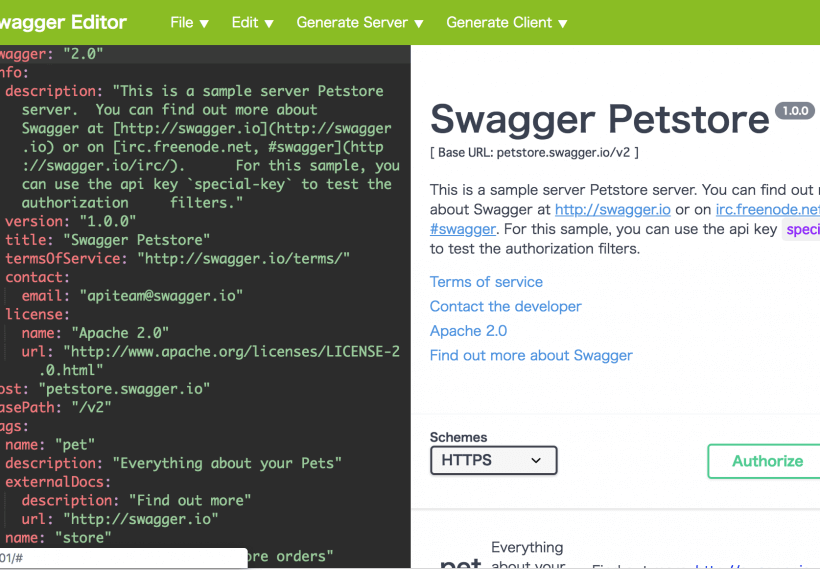
Pros
- Intuitive UI: Easily displays JSON and YAML formatted files as clean API documentation.
- Basic Testing: Allows for simple tests directly from the API documentation page.
Cons
- Functional Limitations: Swagger UI mainly supports simple testing. For CI/CD, scenario testing, or custom testing, you may need to use other tools.
- Language Support: The interface and related documentation are only available in English, which might be a challenge for users not proficient in the language.
5. SoapUI
SoapUI is a popular tool for API and web service testing.

Pros
- Test Automation: SoapUI facilitates easy automation of API testing, allowing you to quickly verify API functionality and enhance quality.
- Cross-Platform Support: It operates on various platforms, including Windows, Mac, and Linux, and is Java-based, making it especially convenient for Java developers.
- Rich Features: SoapUI offers extensive capabilities beyond just sending requests and displaying responses. This includes data mapping, transformation, editing, authentication, and monitoring.
- Extensibility: The tool supports numerous plugins and extensions, enabling customization to fit specific needs.
Cons
- Learning Curve: Beginners might find SoapUI challenging, particularly when creating complex API test cases, requiring both skill and time investment.
- Load Testing Limitations: Although it offers load testing functionalities, SoapUI may struggle with handling a large volume of requests, necessitating other tools for extensive load testing.
- Data Handling Constraints: While it provides features for data mapping, transformation, and editing, it cannot handle multiple data sources simultaneously.
- UI Usability: As a Java-based desktop application, the UI can be perceived as complex, and limited customization options might reduce flexibility in operation.
6. Apigee
Apigee is a comprehensive API solution platform that enables developers to effectively design, develop, test, and deploy APIs. It supports efficient API management by facilitating tasks such as API design, testing, monitoring, and analysis. Currently, Apigee is part of Google Cloud after its acquisition by Google.
⚠️ Note: As a cloud-dependent service, Apigee requires a stable network environment to function properly.
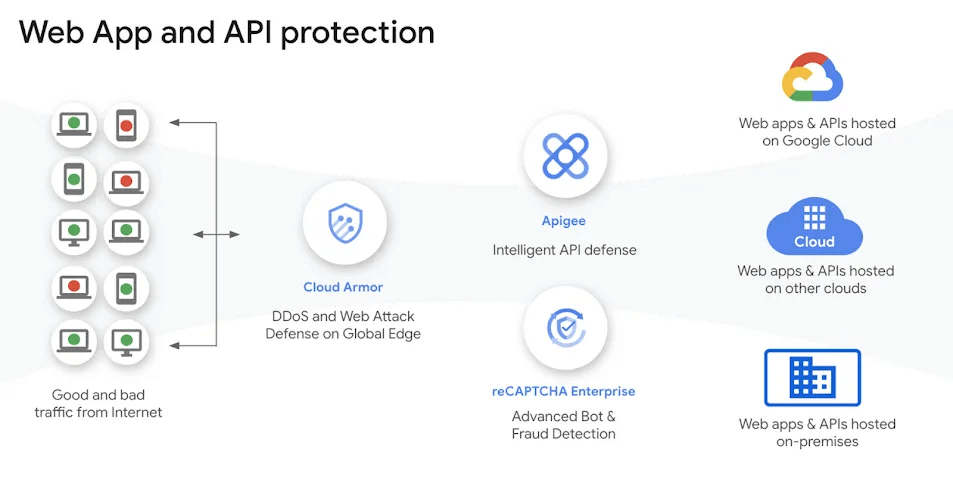
Pros
- Powerful Feature Set: Apigee offers comprehensive features for API management, including an API gateway. This allows effective management of various aspects like API security, monitoring, and traffic control.
- Scalability: It provides scalable solutions for high-traffic APIs, leveraging cloud-based infrastructure for flexible scaling in response to demand fluctuations.
- Security: Apigee enhances API security with multi-layered security features, including API key management, OAuth authentication, and access control.
- Data Analytics: Apigee collects and analyzes detailed data on API traffic and usage, helping to understand performance and usage trends for strategic decision-making.
Cons
- Complexity: The extensive functionality of Apigee comes with a learning curve for setup and customization, which might be challenging for beginners.
- Cost: Apigee requires a paid plan for substantial use, which could be expensive for small projects or individual developers.
- Vendor Lock-in: Being a platform-specific tool, transitioning to other API management solutions can be difficult. If custom extensions are used, reimplementation may be needed during migration.
- Customization Constraints: While advanced customization is possible, there are some limitations that may affect tailoring the platform to specific needs.
7. Runscope
Runscope is a specialized tool focused on API testing, monitoring, and traffic capturing. Here's a look at the pros and cons of using Runscope.

Pros
- Cloud-Based Testing and Monitoring: Runscope operates as a cloud-based platform, enabling API testing and monitoring to be conducted in the cloud. This allows developers to monitor API performance and availability from various locations worldwide.
- Automated Testing and Scheduling: It supports automation and scheduling of API tests, allowing for regular test execution or tests triggered under specific conditions.
- Real-Time Alerts and Notifications: Runscope provides real-time alerts and notifications based on API monitoring results, promptly informing users of issues such as API errors or increased response times.
Cons
- Paid Features: Some features of Runscope are paid, meaning access to the full feature set may require a subscription.
- API Rate Limits: There are limits on the number of requests per minute during API testing, which could be a constraint when handling a large volume of requests.
- Security Considerations: When using Runscope for exposing APIs externally, there might be security risks involved, necessitating secure methods for API exposure.
8. Boomi
Boomi is a cloud-based integration platform designed to simplify the connection and integration of applications and data sources.
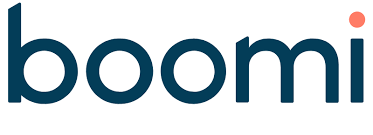
Pros
- Cloud-Based Integration: Boomi enables seamless integration of multiple applications and data sources, whether in on-premise or cloud environments.
- Visibility and Monitoring: It provides end-to-end process visibility and real-time monitoring of data flows, making it easier to identify issues and optimize performance.
- Low-Code Development: With a visual interface and drag-and-drop functionality, Boomi allows users to create integration processes without needing programming knowledge, saving time and resources.
- Scalability: The platform offers numerous built-in connectors and prebuilt templates for easy integration with various systems and applications. It also supports the extension of functionality through custom code and APIs.
Cons
- Learning Curve: For new users, especially those creating complex integration processes, there may be a learning curve requiring additional learning and training.
- Customization Constraints: While Boomi allows for customization, it may not cover all use cases. Specific functions may necessitate the creation of custom connectors.
- Performance Issues: Handling large volumes of data can lead to performance challenges, a limitation of cloud-based services.
9. Restlet Studio
Restlet Studio is a cloud-based development tool used for designing, testing, and documenting APIs. Here’s a detailed look at its advantages and disadvantages:
Pros
- Intuitive Interface: Restlet Studio offers a simple and user-friendly interface, making the tasks of designing, testing, and documenting APIs straightforward.
- Mock Server Generation: It provides the capability to generate mock servers during the API design phase, allowing you to test API behavior before backend development begins.
- Real-Time Collaboration: The platform supports real-time collaboration within teams, enabling multiple users to simultaneously design and test APIs and share changes instantly.
- Automatic Documentation Generation: Restlet Studio supports the automatic generation of documentation from API designs, offering developers convenient references for API specifications, endpoints, and parameters.
Cons
- Feature Limitations: While it excels in API design and testing, some advanced development and integration features may be limited. More complex API development might require additional tools.
- Offline Usage Limitation: Being cloud-based, Restlet Studio requires an internet connection, which limits its use in offline environments.
- Customization Constraints: The platform's extensibility is somewhat limited, which may restrict customizations and the addition of plugins tailored to specific needs.
- Pricing: Although basic functionality is free, advanced features and additional support may incur costs. It’s important to consider budget needs based on the features and demands you require.
10. Stoplight
Stoplight is a comprehensive API development platform that encompasses functionality such as API design, documentation, testing, and publishing. It supports various API specifications, including OpenAPI, Swagger, and RAML.
Pros
- Integrated Development Environment: Provides a unified environment that covers the entire API lifecycle, including design, testing, documentation, and monitoring.
- Intuitive Interface: Features a simple and user-friendly interface, making it easy to design APIs and create documentation.
- OpenAPI Compliance: Adheres to OpenAPI standards (formerly Swagger), allowing seamless import and work with existing Swagger or OpenAPI specifications.
- Mock Server Generation: Enables the creation of mock servers during the design phase, allowing API behavior testing before backend implementation.
Cons
- Learning Curve: There may be a learning curve, especially for those new to Stoplight or when using complex API designs and advanced features, requiring an investment in time and skills.
- Cost: Advanced features and additional support may incur costs. Budget considerations are necessary depending on the features and demand.
- Customization Constraints: While offering extensibility, there are some limitations on customization and the addition of plugins for specific needs.
- Offline Use Limitations: Being a cloud-based tool, it requires an internet connection and cannot be used offline.
- Language Support: The platform is only available in English, which could pose challenges for non-English speakers.
Conclusion
In this article, we introduced 10 alternatives to Postman, each an excellent tool for simplifying API testing. However, most of these API tools require proficiency in English to fully utilize them. Among these options, we especially recommend EchoAPI as an API solution. EchoAPI supports languages other than English and offers comprehensive features covering API design, development, debugging, testing, and mocking. It is cross-platform, registration-free, and available for online use via a browser application. Additionally, its plugin products—EchoAPI for IntelliJ IDEA, EchoAPI for VS Code, and EchoAPI Interceptor—are completely free. For those needing comprehensive API management, including testing, EchoAPI is considered an ideal tool.









 EchoAPI for VS Code
EchoAPI for VS Code

 EchoAPI for IntelliJ IDEA
EchoAPI for IntelliJ IDEA

 EchoAPl-Interceptor
EchoAPl-Interceptor

 EchoAPl CLI
EchoAPl CLI
 EchoAPI Client
EchoAPI Client API Design
API Design
 API Debug
API Debug
 API Documentation
API Documentation
 Mock Server
Mock Server




